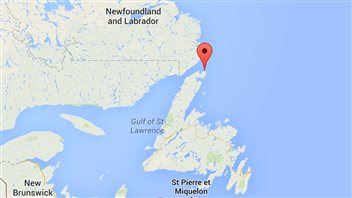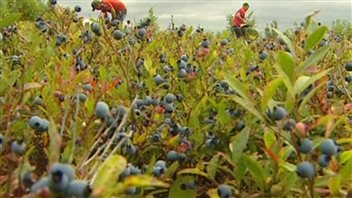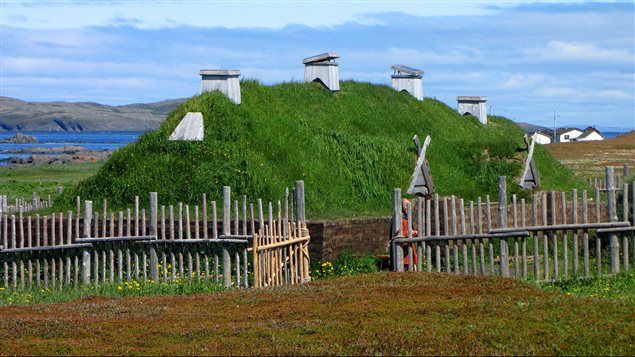It was on September 8, 1978, that the United Nations Educational, Scientific and Cultural Organization (UNESCO) declared the site of a remote site in Newfoundland as a World Heritage site.

The area is the site of the first known European settlement in North America and dates to over 1,000 years ago.
The site was first excavated by Norwegian archaeologists in 1960.
Norse legends speak of explorers discovering “Vinland” to the west of Greenland, a land of grapes for wine.
Beleiving that the name “Vinland” has been misinterpreted archaeologist Helge Ingstad suspected it might be from the “old Norse” pronunciation meaning “meadows or farmland”, Ingstad and his wife were led by a local resident to a site of grass –covered mounds the locals referred to as the “old Indian camp” which later proved to be the remains of up to nine houses and workshops of Norse style.

The location is now called L’Anse aux Meadows, although that is a likely a corruption of the name L’anse a la Médée, first recorded on French nautical charts in 1862, or possibly a corruption of the French L’Anse aux Méduses (jellyfish cove).
A substantial number of Norse artifacts have been found at the site where the houses have since been reconstructed.
It is thought the site was only inhabited for a relatively short period of about ten years, after which is was abandoned due to conflict with aboriginals and the harsh conditions.
It is also now thought that the name Vinland, probably refers not to the specific site, but to much of the coast of North America and that from this base, the Viking group probably made long exploration voyages south and that the vines or grapes interpretation may be due not to grapes, but rather wild blueberries which are and would have been common in Newfoundland and other coastal areas, and from which the Norse would have fermented them to make wine.







For reasons beyond our control, and for an undetermined period of time, our comment section is now closed. However, our social networks remain open to your contributions.